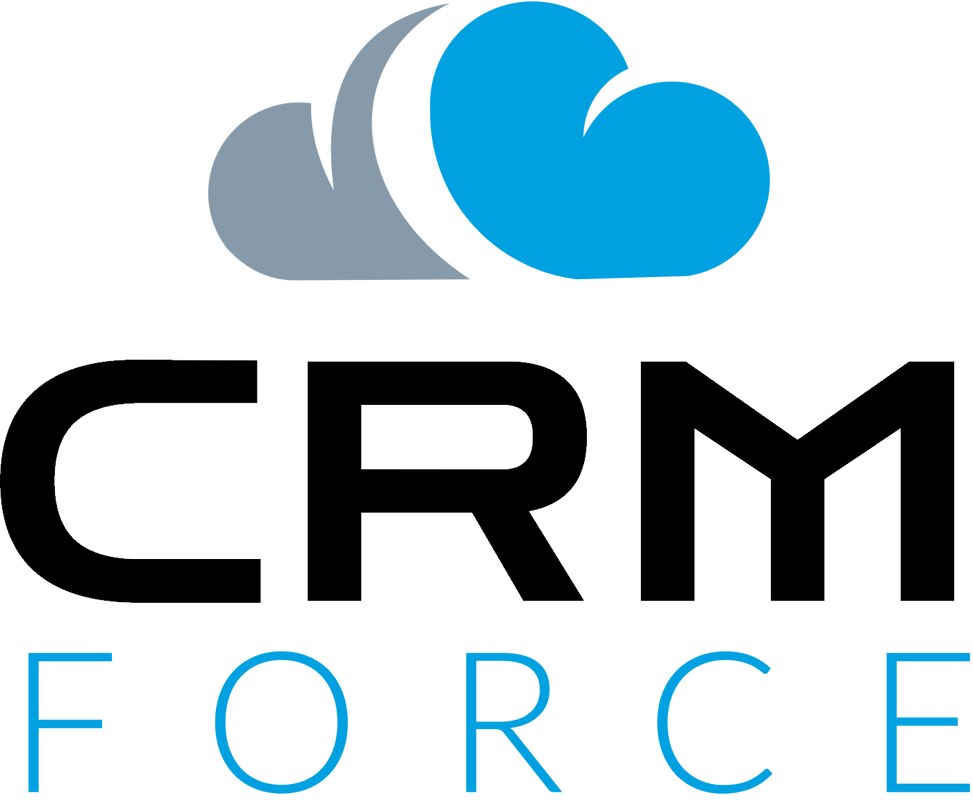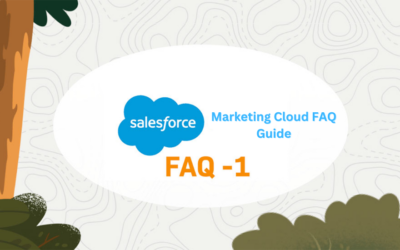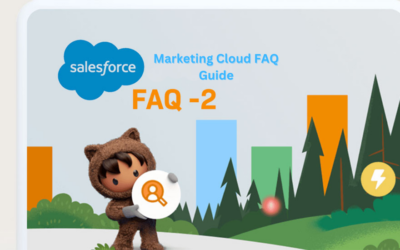In the ever-evolving landscape of modern business, strategic leadership in marketing stands as the linchpin for sustained success and growth. As organizations navigate through dynamic market shifts, changing consumer behaviors, and technological advancements, the role of strategic marketing leadership becomes increasingly paramount. This comprehensive guide seeks to unravel the intricate facets of strategic leadership within the realm of marketing, emphasizing its pivotal role in not just shaping brand visibility but more critically, in aligning tactical endeavors with overarching business goals. Today, successful marketing is not merely about creating compelling campaigns but about orchestrating a symphony of strategies that propel an organization toward its long-term objectives. From visionary thinking and adaptability to innovation and risk management, strategic leaders in marketing must embody a multifaceted skill set to steer their teams through the challenges of a rapidly evolving business landscape.
In this exploration, we will dissect the core components of strategic leadership, examining how forward-thinking leaders in the field of marketing anticipate shifts in consumer expectations, industry trends, and emerging technologies. Beyond a theoretical framework, this guide will delve into actionable insights, drawing upon real-world examples and case studies to illustrate how strategic marketing leadership has been successfully implemented by industry titans. Through an in-depth analysis of renowned companies such as Apple, Nike, and HubSpot, we will unravel the strategies that have propelled them to the forefront of their respective industries. By scrutinizing their approaches to innovation, brand positioning, and cross-functional collaboration, this guide aims to provide a roadmap for aspiring marketing leaders to not only understand but master the art of strategic leadership, fostering an environment where marketing tactics seamlessly align with and drive overarching business goals. If you need assistance with Salesforce CRM setup and optimization, companies like CRM Force can provide valuable expertise and support.
1- Understanding Strategic Leadership in Marketing
Defining Strategic Leadership
Strategic leadership in marketing involves guiding an organization toward its long-term goals through the effective development and execution of marketing strategies. It goes beyond day-to-day operations and involves a forward-thinking approach that anticipates changes in the market, consumer behavior, and technology.
Key Components of Strategic Leadership:
Visionary Thinking: Strategic marketing leaders are visionaries who anticipate industry trends and consumer needs. They don’t just react to the current market; they shape it with innovative ideas and forward-looking strategies.
Adaptability: In a rapidly evolving business landscape, adaptability is crucial. Strategic leaders in marketing are flexible and capable of adjusting their strategies to align with changing market dynamics.
Innovation: Innovation is at the core of strategic leadership. It involves introducing new ideas, products, or approaches to stay ahead of the competition. Strategic leaders in marketing foster a culture of creativity within their teams.
Risk Management: Strategic leaders assess risks and opportunities. They make calculated decisions, considering potential challenges and developing contingency plans to ensure that marketing initiatives align with overall organizational objectives.
Team Empowerment: Empowering the marketing team is essential. Strategic leaders create an environment that encourages collaboration, creativity, and continuous learning, ensuring that the team is aligned with the overall strategic vision.
2- Aligning Tactics with Business Goals
Aligning marketing tactics with business goals is the process of ensuring that every marketing activity contributes directly to the achievement of broader organizational objectives. This involves a strategic approach to decision-making, where each tactic is chosen and implemented with a clear understanding of its impact on the overall business strategy.
Key Components of Aligning Tactics with Business Goals:
SWOT Analysis: A SWOT analysis (Strengths, Weaknesses, Opportunities, Threats) is a foundational step. Strategic marketing leaders conduct a comprehensive analysis to identify internal strengths and weaknesses, as well as external opportunities and threats. This analysis guides the selection of tactics that leverage strengths and address weaknesses.
SMART Objectives: Setting SMART objectives (Specific, Measurable, Achievable, Relevant, Time-bound) ensures that marketing tactics are well-defined and directly contribute to business goals. For instance, if the goal is to increase market share, a SMART objective might be to launch a targeted advertising campaign that aims for a specific percentage increase in customer acquisition.
Cohesive Marketing Mix: The marketing mix, encompassing the 4Ps (Product, Price, Place, Promotion), is a toolkit that strategic leaders use to align tactics with business goals. For example, if the business goal is to establish a premium brand image, pricing, and promotional strategies should reflect exclusivity and quality.
Data-Driven Decision-Making: Strategic leaders leverage data-driven insights to inform decision-making. Analyzing consumer behavior, market trends, and campaign performance metrics allows for the refinement of tactics to better align with business goals.
Cross-Functional Collaboration: Effective alignment requires collaboration across departments. Strategic marketing leaders foster collaboration with teams such as sales, finance, and product development to ensure that marketing tactics are integrated with the broader organizational strategy.
Implementation Steps:
Define Business Goals: Clearly articulate the overall business objectives, whether it’s increasing market share, entering new markets, or launching innovative products.
Conduct SWOT Analysis: Evaluate internal strengths and weaknesses, as well as external opportunities and threats. Identify areas where marketing tactics can have the most significant impact.
Set SMART Objectives: Define specific, measurable, achievable, relevant, and time-bound objectives that directly contribute to the business goals.
Craft a Cohesive Marketing Mix: Develop strategies for each element of the marketing mix (Product, Price, Place, Promotion) that align with the overarching business strategy.
Utilize Data for Decision-Making: Leverage data analytics to gain insights into consumer behavior, campaign performance, and market trends. Use these insights to refine and optimize marketing tactics.
Promote Cross-Functional Collaboration: Foster collaboration with other departments to ensure that marketing tactics are aligned with broader organizational goals. This involves open communication and a shared understanding of business objectives.
Regularly Evaluate and Adjust: Continuously assess the performance of marketing tactics against established objectives. Adjust strategies as needed to adapt to changing market conditions or business priorities.
By understanding strategic leadership in marketing and aligning tactics with business goals, organizations can achieve a harmonious and impactful approach to marketing. This synergy ensures that every marketing effort contributes directly to the overarching success of the business.
3- Real-World Examples of Strategic Marketing Leadership
In this section, we will delve into real-world examples that illustrate how strategic marketing leadership has been effectively implemented by renowned companies. These examples showcase the practical application of key principles discussed earlier in the guide and offer insights into how these strategies contribute to sustainable business growth.
Apple Inc.: Integrating Product Innovation with Marketing Excellence
Background: Apple Inc. is synonymous with innovation, and its success is not merely attributed to groundbreaking products but also to its strategic marketing leadership. Apple’s ability to seamlessly integrate product innovation with marketing excellence has set a benchmark for the technology industry.
Strategic Marketing Leadership:
Brand Image and Product Innovation: Apple’s marketing strategies have always aligned with its overarching goal of delivering cutting-edge technology while maintaining a premium brand image. The iconic launches of products like the iPhone, iPad, and MacBook demonstrate how marketing and product innovation work in tandem.
Ecosystem Marketing: Apple’s marketing goes beyond individual product promotion. The company has created a seamless ecosystem, emphasizing how products work together. This strategic approach fosters customer loyalty and encourages users to invest in multiple Apple devices.
Customer Experience: Apple focuses on providing a unique and superior customer experience. The marketing messaging emphasizes the user-friendly nature of its products, creating a perception that aligns with the company’s goal of being a leader in user experience.
Key Takeaways:
Innovation Integration: Apple’s success lies in the integration of innovation into its marketing strategies, showcasing how product features align with consumer needs and desires.
Holistic Branding: The marketing doesn’t just sell products; it sells the Apple brand and lifestyle, aligning with the broader goal of being a premium and aspirational brand.
Nike: Building a Global Brand through Purposeful Marketing
Background: Nike, a global leader in athletic apparel and footwear, has transcended being a product-centric company to become a symbol of inspiration and empowerment for athletes worldwide.
Strategic Marketing Leadership:
Brand Purpose: Nike’s marketing is deeply rooted in its purpose of inspiring and empowering athletes. The “Just Do It” campaign is a testament to how the company aligns its marketing messaging with the broader goal of motivating individuals to reach their full potential.
Athlete Partnerships: Nike strategically partners with high-profile athletes, creating a powerful association between the brand and athletic excellence. This aligns with the overarching goal of being the go-to brand for serious athletes.
Social Issues Engagement: Nike’s marketing has tackled social issues, taking a stand on topics like racial equality and social justice. This aligns with the broader goal of being a socially responsible and purpose-driven brand.
Key Takeaways:
Emotional Connection: Nike’s marketing creates emotional connections by aligning with the aspirations and values of its target audience.
Brand Advocacy: By taking stances on social issues, Nike demonstrates strategic leadership by not just selling products but also by advocating for broader societal goals.
HubSpot: Inbound Marketing as a Strategic Growth Driver
Background: HubSpot has emerged as a leader in providing inbound marketing and sales software, utilizing its own methodologies to drive its growth.
Strategic Marketing Leadership:
Inbound Methodology: HubSpot’s marketing leadership revolves around the inbound methodology, emphasizing attracting, engaging, and delighting customers. This aligns with the broader goal of sustained and organic business growth.
Content Marketing: HubSpot invests heavily in content marketing, providing valuable resources to its audience. This aligns with the overarching goal of positioning the company as an authority in the marketing and sales domain.
Educational Approach: HubSpot’s marketing strategies are educational, providing tools and resources that empower its audience. This aligns with the broader goal of being a trusted partner in the growth of businesses.
Key Takeaways:
Strategic Methodology: HubSpot showcases strategic marketing leadership by not just selling software but by advocating a strategic approach (inbound methodology) that aligns with business growth goals.
Educational Value: HubSpot’s content marketing is aligned with its goal of being a go-to resource, demonstrating how providing value to the audience contributes to overall business success.
Conclusion
In conclusion, the exploration of strategic leadership in marketing underscores its paramount importance as the cornerstone for sustained business success. As we traverse the intricate terrain of modern commerce, the dynamic nature of markets demands not just agile responses but proactive, visionary guidance that only strategic marketing leadership can provide. From setting SMART objectives and conducting comprehensive SWOT analyses to crafting cohesive marketing mixes and embracing digital transformations, the multifaceted role of leadership in marketing is evident. Real-world examples from industry giants such as Apple, Nike, and HubSpot serve as beacons, illuminating the path for aspiring marketing leaders who seek to navigate the complexities of the contemporary business landscape.
Leadership in marketing is not a static concept but an ever-evolving mastery of aligning tactics with broader business goals. It encapsulates the ability to innovate, anticipate, and inspire teams toward a unified vision. As this guide concludes, it invites marketers to not only understand the principles of strategic leadership but to actively embody them in their professional endeavors. By assimilating the lessons gleaned from successful industry leaders and incorporating them into day-to-day practices, marketing professionals can elevate their roles from mere tacticians to strategic architects, steering their organizations toward sustained growth and prosperity in the ever-evolving marketplace. To learn more about how CRM Force can assist you in recruiting top CRM talent and optimizing your CRM strategies for successful drip campaigns, contact us today. Together, let’s maximize your customer engagement Contact Us today.





